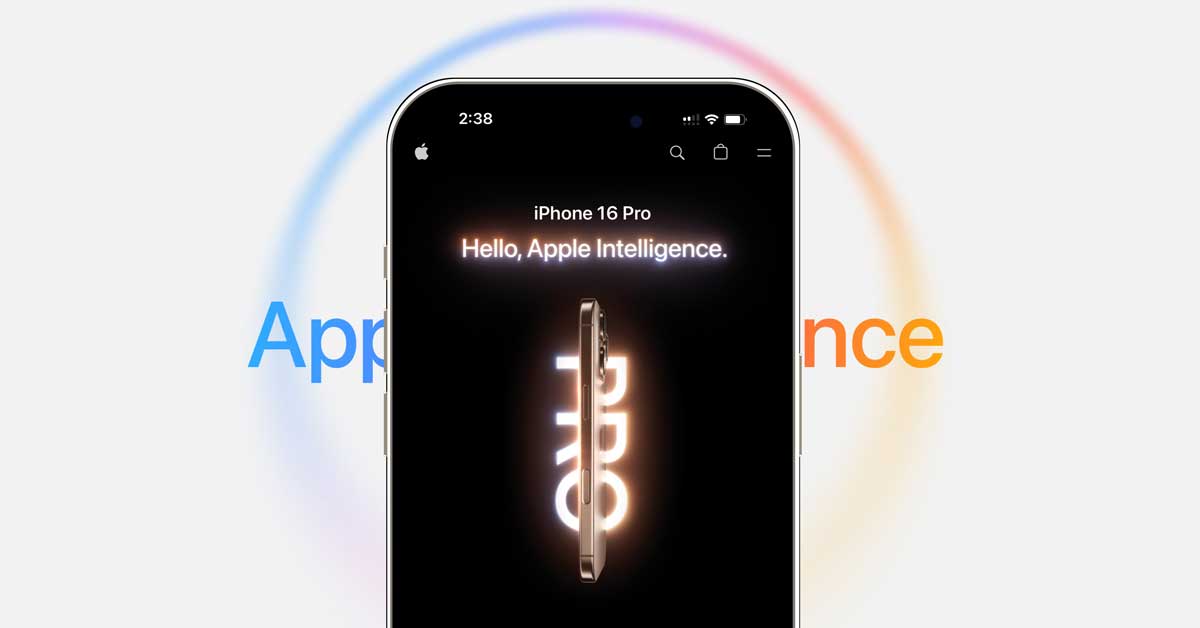
In the fast-paced world of technology, developing a mobile app can be essential for businesses aiming to reach a broader audience and streamline operations. However, not all companies have the expertise or resources to build an app in-house. This is where outsourcing mobile app development comes into play. Whether you’re a CTO, CEO, CMO, or a business owner, understanding how to effectively outsource this critical task can save time, reduce costs, and lead to superior product results.
Before you jump into outsourcing, it’s crucial to understand the process, its benefits, and potential pitfalls. This blog will guide you through everything you need to know about outsourcing mobile app development, from the initial evaluation of development partners to future planning. By the end, you’ll have a solid grasp on how to leverage outsourcing to your advantage.
Understanding the Need for Outsourcing

Outsourcing mobile app development can seem daunting at first, but done right it can be a strategic move for your business. The decision to outsource often stems from a lack of in-house expertise, which can hinder a company’s ability to develop an effective application. By partnering with an external team of experienced developers, businesses can gain access to innovative ideas and expert execution. This collaborative approach is particularly valuable for companies with limited technical staff or those venturing into the mobile market for the first time. A capable outsourced team comes equipped with a breadth of experience across various industries and platforms, which can significantly enhance the quality and functionality of the final product.
Another compelling reason to outsource is cost efficiency. Hiring full-time developers can be prohibitively expensive, especially when you consider not only salaries but also training, benefits, and other overhead costs. Outsourcing allows businesses to contract skilled professionals on a project basis, thereby significantly reducing these expenses. This approach also minimizes the financial risks associated with developing an app internally, as there is no need to invest in costly technologies and infrastructure. By leveraging external resources, companies can allocate their budgets more strategically, investing in other areas of business growth while still ensuring a high-quality application development process.
The speed of development is another critical factor that makes outsourcing appealing. With an outsourced team, businesses can expedite the development process by accessing a pool of developers who are ready to start immediately. This rapid initiation is especially beneficial when time-to-market is crucial for gaining a competitive edge or responding swiftly to market demands. By outsourcing, companies can streamline the development timeline, reduce bottlenecks, and ensure faster deployment of their mobile applications. This strategic advantage allows businesses to stay ahead in a rapidly evolving digital landscape, seizing opportunities without delay.
Choosing the Right Partner

When embarking on the journey of outsourcing your mobile app development, selecting the right partner cannot be overstated. It is the cornerstone of your project’s success. Start by conducting thorough research to identify potential partners who possess a solid track record within your industry. Look specifically for companies that have amassed a considerable portfolio of projects akin to yours. This evidence of past performance serves as a clear indicator of their capability and reliability, offering insight into their adaptability and problem-solving prowess in scenarios similar to what your project might encounter. Don’t hesitate to ask for references or case studies that highlight their past successes and challenges. These can provide invaluable real-world insights that go beyond the polished facade of marketing materials. Websites like Clutch can also serve as a great resource.
Effective communication forms the backbone of any successful outsourcing partnership. It’s imperative that your chosen partner can communicate fluently in your preferred language, ensuring that ideas, concerns, and updates are conveyed with clarity and precision. This eliminates potential misunderstandings which can lead to costly errors or delays. Establishing a structured communication plan is advisable, incorporating regular meetings and the use of collaborative tools.
Slack and Microsoft Teams allow real-time messaging, file sharing, and video calls for seamless interaction. For project management, Trello and Asana offer task boards for tracking progress efficiently. Zoom is great for video conferencing, ensuring clear face-to-face communication. These tools enhance coordination and align teams, improving the success of outsourcing partnerships. This practice fosters transparency and keeps the project aligned with the set goals and timelines, ensuring that no critical updates go unnoticed. Consideration of potential time zone differences is also crucial; aligning schedules to allow for overlap can significantly enhance real-time communication and responsiveness.
Assessing cultural compatibility with your outsourcing partner is essential. Look for a partner who shares a similar set of values and understands the intricacies of your business’s goals; this alignment ensures a seamless integration with your existing team. Creating a harmonious working environment is crucial for fostering a coherent collaboration where both parties are deeply invested in not only achieving but exceeding the set objectives. This synergy often results in the development of an app that is not only functional but also embodies the essence of your brand, resonating well with your target audience.
Equally important, remember that you often get what you pay for. Rather than searching for the cheapest option, prioritize quality and experience. The right partner will have the expertise to anticipate needs, mitigate risks, and add meaningful value throughout the project lifecycle. Look for a partner who asks the right questions to fully understand your requirements and goals from the start. A partner who asks insightful questions will gather the necessary information to accurately define the project scope, saving you time and ensuring alignment on expectations. Ultimately, investing time in building a strong, culturally aligned partnership with an experienced provider can yield a product that truly reflects your business aspirations and stands out in the market.
Managing the Outsourcing Process

Efficient management of the outsourcing process is essential for success. Begin by setting well-defined goals and deliverables that align with your business objectives. Providing a detailed project brief is crucial; it sets expectations and gives the development team a comprehensive roadmap to follow. This clarity not only streamlines decision-making throughout the project’s lifecycle but also aids in evaluating progress and making necessary adjustments. A well-articulated brief can serve as a pivotal reference point for resolving ambiguities and ensuring everyone is on the same page, thereby minimizing potential miscommunications. Based on the project brief, budget, and timeline, your outsourcing partner should create a specific scope of work. This scope of work should outline each feature and milestone within the app, breaking down the project into manageable, measurable steps. This detailed document becomes a key guide, aligning both parties on expectations and providing a framework for accountability, helping to keep the project on track and ensuring that every component is thoroughly planned and executed.
Budget management is another indispensable aspect of outsourcing. Despite its cost-effectiveness, it’s vital to have a transparent financial plan. Clearly defining your budget and discussing it openly with your outsourcing partner helps establish financial boundaries and priorities. Agreeing on payment milestones corresponding with specific phases of the project can offer financial control and reinforce accountability. This structure should be outlined as part of the contract, ensuring that both parties are aligned on expectations and obligations. A contract that includes these financial milestones not only provides a framework for payment but also serves as a safeguard, reinforcing commitment to deliverables and timelines. This practice not only helps in avoiding unexpected expenses but also ensures that resources are allocated efficiently at each stage, which can significantly impact the project’s outcome.
Incorporating quality assurance (QA) as a core component of the outsourcing process is imperative for delivering a successful mobile app. Establishing robust testing protocols and encouraging consistent feedback from the development team ensures that the app functions as intended and meets your quality standards. A reliable outsourcing partner should have their own dedicated QA team to identify and address issues early on, but it’s equally important for your company to have an internal team of testers who can test the app independently and provide valuable feedback to the developers. This dual-layered approach to QA is a crucial step in ensuring that the app not only meets technical specifications but also aligns with user expectations and business objectives. This continuous evaluation can detect discrepancies early, allowing for timely corrections. Allocating adequate time and resources for thorough testing can preempt subpar performance and avert costly post-deployment fixes, ultimately safeguarding the app’s launch integrity and user satisfaction. Integrating QA throughout the development cycle underscores a commitment to excellence, providing a solid foundation for achieving your business goals.
Pros and Cons of Outsourcing

Outsourcing mobile app development offers numerous benefits but also presents some challenges. One major advantage is access to a global talent pool. This allows you to find experts with specific skills that may not be available locally. You can also benefit from diverse perspectives that can enhance creativity and innovation in your project. Cost savings are another significant benefit. By outsourcing, you can avoid many overhead costs associated with in-house development, such as salaries, benefits, and office space. This enables you to allocate resources to other critical areas of your business.
However, outsourcing can also present challenges. Communication barriers may arise, especially when working across different time zones. This can lead to delays and misunderstandings. To mitigate this, establish clear communication protocols and consider partners who operate in similar time zones or have flexible working hours. There is also the risk of losing some control over the development process. Regular updates and transparent communication can help maintain oversight and ensure that the project stays aligned with your vision.
Planning for the Future

Outsourcing is not just a short-term solution; it can be an integral part of your long-term business strategy. Building a robust partnership with your outsourcing team and keeping them informed about your company’s evolving needs ensures a more seamless and efficient collaboration on future projects. Such relationships foster innovation and creativity in addressing future challenges and opportunities. Having a reliable partner who understands your business also offers the flexibility to scale operations up or down, based on project demands. This adaptability can provide a strategic advantage, enabling your business to respond rapidly to changing market conditions.
Consider utilizing feedback and lessons learned from past outsourcing endeavors to hone your approach moving forward. Evaluating what worked well and identifying areas for improvement will refine your strategy and pave the way for even better outcomes in future projects. Such introspection not only bolsters your development processes but also cultivates a culture of continuous improvement within your organization. Additionally, tap into the expertise of your outsourcing partner to stay informed about the latest technological advancements and industry trends. Their insights can help ensure your app remains competitive, modern, and aligned with evolving industry standards.
Embracing a proactive approach by integrating emerging technologies can secure your app’s relevance and effectiveness in delivering value. Your outsourcing partner, equipped with a global perspective and diverse skill set, will be instrumental in navigating these technological shifts. By maintaining consistent communication and setting clear objectives, you ensure your partnership evolves in tandem with market demands. This strategic foresight can profoundly impact your business’s growth trajectory, positioning your app and company at the forefront of innovation and success.
Conclusion
Outsourcing mobile app development can be a game-changer for businesses seeking to expand their digital presence without the overhead of an in-house team. By understanding the process, choosing the right partner, and managing the collaboration effectively, companies can create high-quality apps that meet their strategic goals.
With careful planning and execution, outsourcing can offer both immediate benefits and long-term advantages. It’s a powerful tool for innovation and efficiency that can help your business thrive in the competitive tech landscape. Stay tuned for our next blog on Sustainable Tech Solutions for Renewable Energy, where we’ll explore how technology is transforming the renewable energy sector and contributing to a more sustainable future.
















































